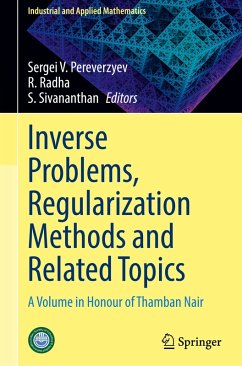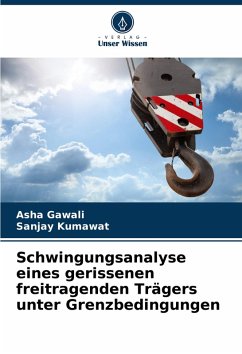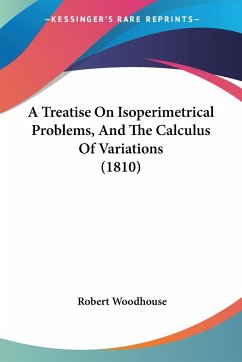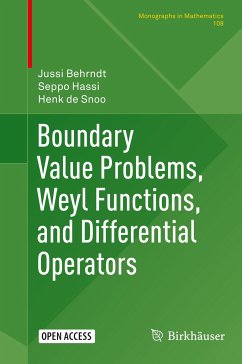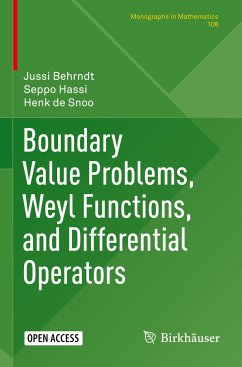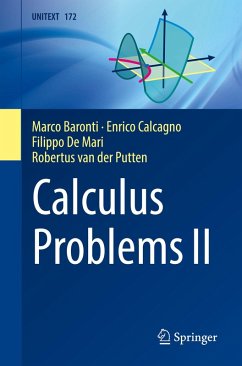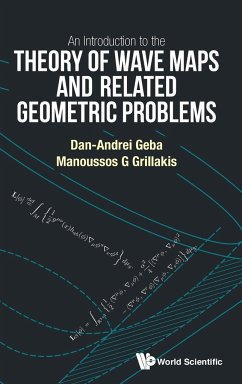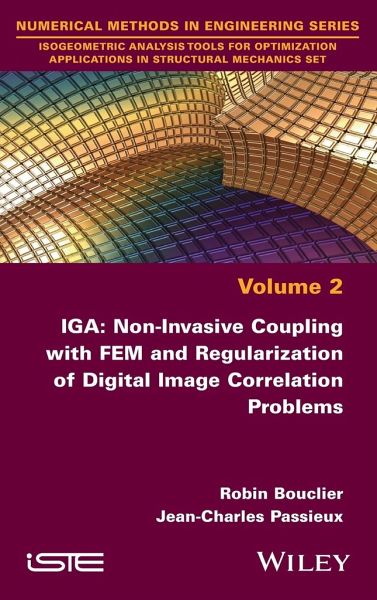
Iga: Non-Invasive Coupling with Fem and Regularization of Digital Image Correlation Problems, Volume 2
Versandkostenfrei!
Versandfertig in über 4 Wochen
146,99 €
inkl. MwSt.
Weitere Ausgaben:

PAYBACK Punkte
73 °P sammeln!
Isogeometric analysis (IGA) consists of using the same higher-order and smooth spline functions for the representation of geometry in Computer Aided Design as for the approximation of solution fields in Finite Element Analysis. Now, almost twenty years after its creation, substantial works are being reported in IGA, making it very competitive in scientific computing. This book proposes to use IGA jointly with standard finite element methods (FEM), presenting IGA as a projection of FEM on a more regular reduced basis. By shedding new light on how IGA relates to FEM, we can see how IGA can be im...
Isogeometric analysis (IGA) consists of using the same higher-order and smooth spline functions for the representation of geometry in Computer Aided Design as for the approximation of solution fields in Finite Element Analysis. Now, almost twenty years after its creation, substantial works are being reported in IGA, making it very competitive in scientific computing. This book proposes to use IGA jointly with standard finite element methods (FEM), presenting IGA as a projection of FEM on a more regular reduced basis. By shedding new light on how IGA relates to FEM, we can see how IGA can be implemented on top of an FE code in order to improve the solution of problems that require more regularity. This is illustrated by using IGA with FEM in a non-invasive fashion to perform efficient and robust multiscale global/local simulations in solid mechanics. Furthermore, we show that IGA can regularize the inverse problem of FE digital image correlation in experimental mechanics.




